2020 Yamaha WR250F: Component Check
Since it first arrived in 2001, the WR250F has been an enduring success story for Yamaha in Australia. Originally developed with the input of several Aussie riders, the WR250F has gone on to consistently be the biggest-selling 250cc four-stroke enduro bike in Oz for almost two decades.
But how will history judge Yamaha’s all-new, recently released 2020-model WR250F, which we finally got the chance to test last month? Is it legitimately a ‘new-generation’ model? Does it live up to the brochure’s claims that it’s lighter, faster and more agile than its predecessor? And is it actually ‘positioned’ closer to the hard-nosed, race-oriented, lightweight enduro weapons coming out of Europe?
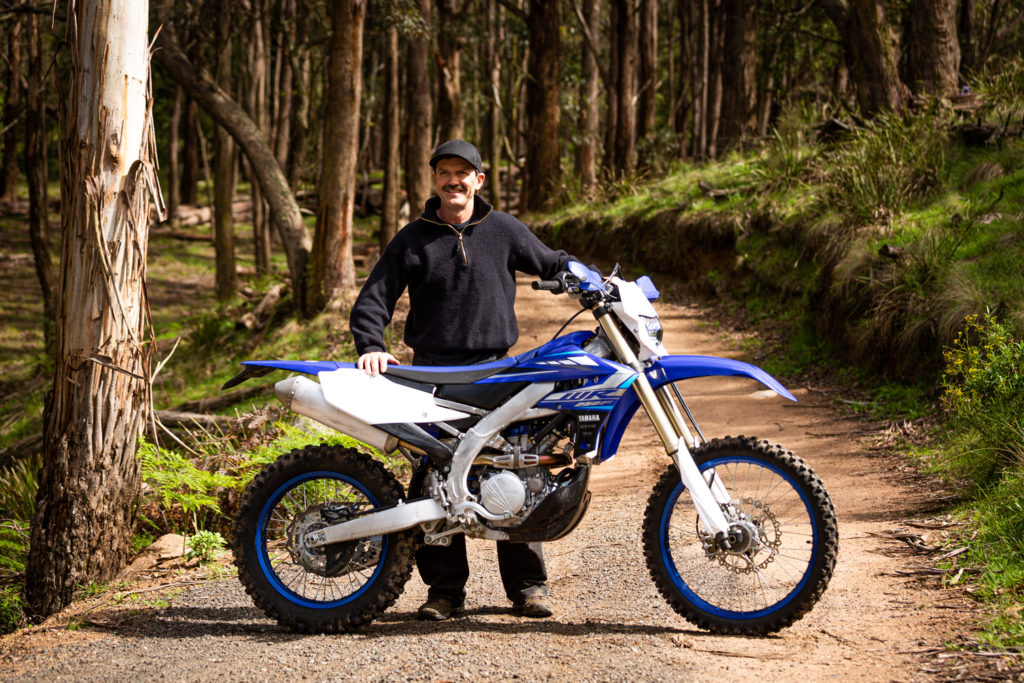
Our initial ride impression helped us answer many of those questions, but let’s look at this landmark new WR250F in more detail via a three-part series:
- Part 1 – The 2020 model in perspective;
- Part 2 – Standout performance traits; and
- Part 3 – Notable new components and design elements.
The 2020 WR250 has evolved significantly from its predecessor, featuring a heap of changes to engine, chassis, suspension and bodywork. But what are the significant component and/or design changes that may not be mentioned in the brochure? Here are some small but significant differences worth drawing attention to:
THE ENGINE
Aside from the new blue-coloured rocker cover and different-looking ignition cover, the most obviously difference about the 2020’s engine is that it doesn’t have a kick-starter, nor the provision in the engine cases to retrofit one (yep, the kick-starter boss has now been removed altogether). In addition to saving weight, this has also allowed the relocation of the oil filler cap from the front LHS of the engine to the (more conventional) rear RHS, and the moving of the starter motor from in front of the cylinder (where it’s been since first fitted in 2003) to behind it. Yamaha hasn’t gone out of their way to make it clear why they’ve relocated the starter motor, but we suspect the rationale is twofold. One, as the rearward-slanting engine has been stood up by 1º (a change designed to put more weight on the front wheel for 2020), there’s now less space for the starter motor in front of the cylinder. And two, because situating the starter motor behind the cylinder is consistent with the design team’s “mass centralisation” mantra. Plus, the 2020 bike’s starter motor configuration has allowed the fitment of the all-new one-way starter clutch, which is claimed to reduce horsepower loss by 60% on the 2020 engine.
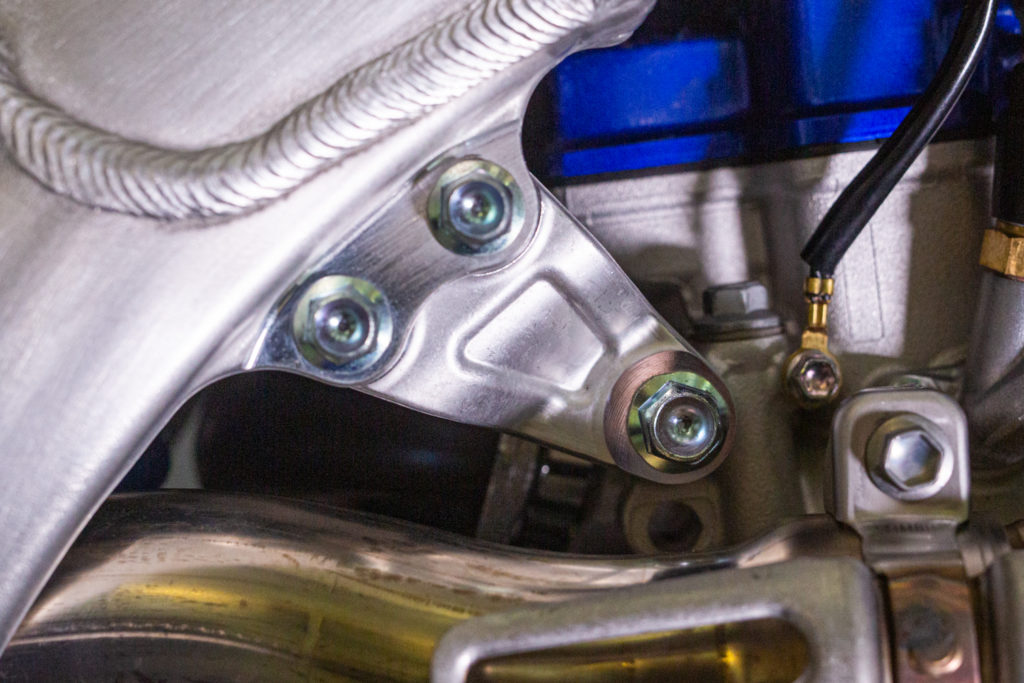
THE FRAME
Sure, the 2020 bike still runs an alloy perimeter frame, but comparing it side by side with the 2019 model’s frame highlights just how different the two are – in terms of their architecture, cross-section and flex character. The engine mounts (which looked like chunky afterthoughts on the 2018-’19 model), have been moved to the rear of the cylinder and use a much more neatly integrated design. Also, as we saw on the 2019 WR450F, the 2020 WR250F’s forged alloy sidestand gets an all-new mounting bracket whose pivot is much closer to the footpeg. This allows the sidestand (which is now lighter) to tuck away a lot less obtrusively when retracted, where it’s less likely to drag in deep ruts.
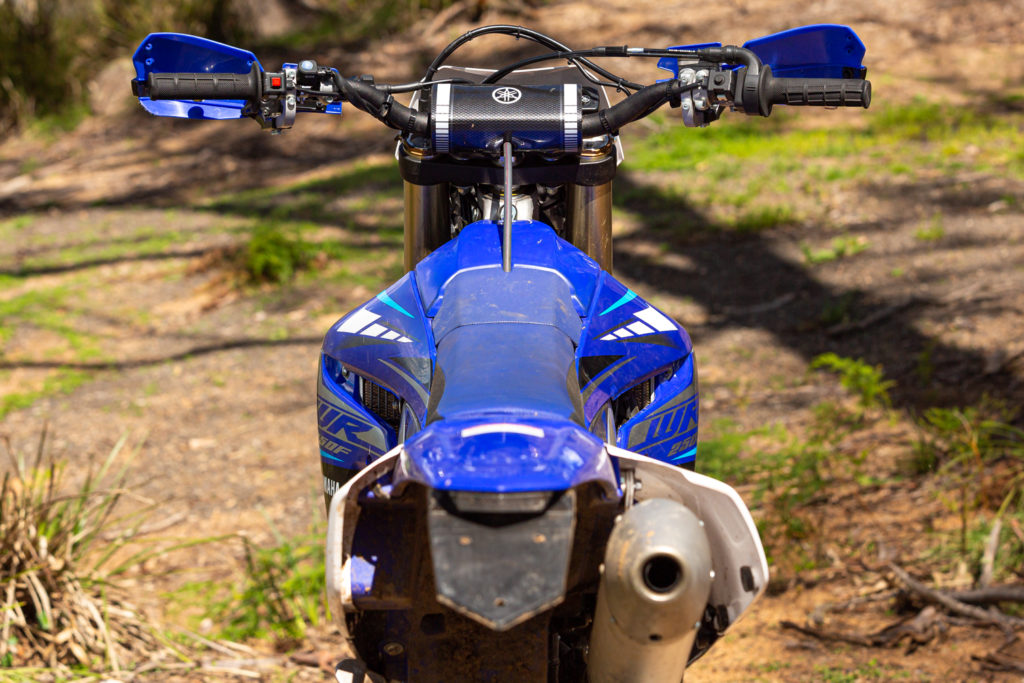
THE BODYWORK
The 2020 WR250F’s new bodywork has basically replicated what first appeared 12 months ago on the WR450F, and significantly improves the rider interface. The plastics are less boxy-looking. Combined with narrower radiator shrouds, lower seat, different-shaped sideplates and front guard, and flusher headlight assembly, the entire bike has a more compact, streamlined look than the 2019 model (both to look at and while riding the thing), and resembles its YZ250F cousin more than ever before. The redesigned sideplates are now more enclosed (especially on the LHS around the shock reservoir, where the electrics previously looked vulnerable), and they cover more of the exposed subframe spars (that some didn’t like the look of on the previous model). More importantly, the extended sideplates offer a more seamless surface for your boots to grab while standing, while the cut-away shape at the top of the radiator shrouds creates more room for your inside leg when you’re cranked over in a rut, and reduces the likelihood of your boots catching on the plastics.
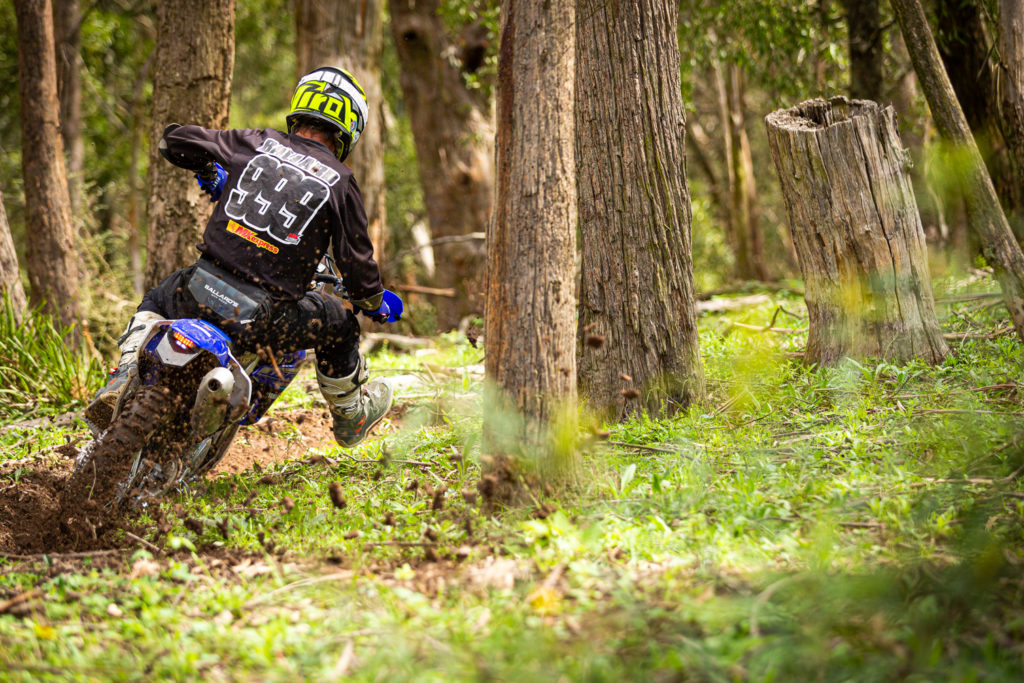
From a maintenance point of view, the move away from the horizontally split radiator shroud is a blessing. Gone is the problem of having the shroud’s joining lugs pop out of place after a small crash, or losing the rubber grommets altogether. Plus, the more conventional one-piece shrouds make access to the airbox and air filter a lot more straightforward.
It might sound like a small thing, but it’s also worth drawing attention to the 2020 bike’s new fork protectors. They’re way more compact and stylish. And with the speedo’s new digital pick-up for 2020, the right-hand protector no longer has to house that chunky old-school speedo cable used on its predecessor.
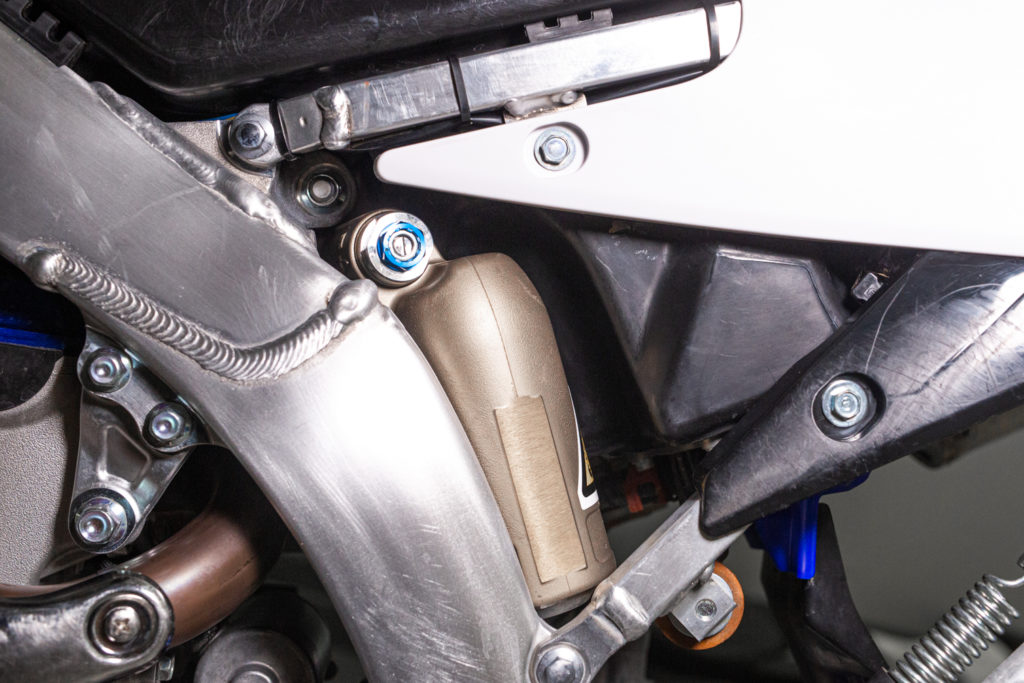
THE FUEL TANK
It’s nice to see that Yamaha has responded to consumer demands by fitting a larger-capacity fuel tank to the 2020 model, and cleverly added that extra 400ml very low on the bike to assist with mass centralisation and agile handling. That said, the new 7.9-litre unit only holds another 400ml of juice compared to its predecessor. Racers won’t have a problem with that, but the more adventure-minded trailriders might.
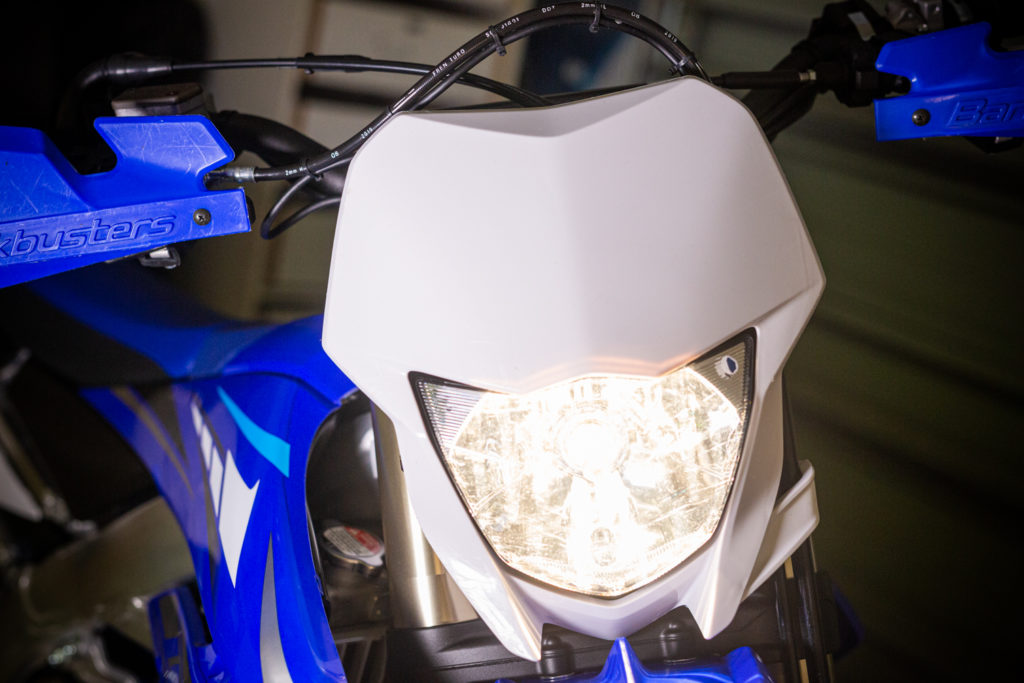
THE HEADLIGHT
The new headlight and its plastic cowl (which is now all white, rather than blue and white on the 2019 model) sits lower and flusher with the top triple clamp and instruments, and it’s better integrated with the new front guard. Also, it includes a small tab to contain the front brakeline and digi speedo cable (previously, a clunky black bracket was used to house these). Our only question for Yamaha: why not move to a rubber-mounted headlight assembly, which is more crash-resistant?
THE AIRBOX DESIGN
Compared with the previous airbox lid design (which required three Dzus fasteners to be removed, and was fiddly to line up when re-fitting), the new arrangement separates the shrouds and airbox entirely. The airbox now has just one Dzus clip and conveniently hinges backwards on a couple of plastic tabs. So to access the air filter, you now have the option of tilting the lid open or removing it completely (which makes filter changes even easier). This set-up was introduced to the 2019 YZ250F, and made air filter access way faster and more practical. Again, like the 2019/’20 YZ250F and WR450F, this new design uses a flatter air filter and filter cage, designed to improve power and reduce induction noise.
This is a way better design than its predecessor when it comes to access and maintenance, but you do need to take extra care to ensure it’s all installed and seated properly. When refitting the airbox lid, be careful that its ‘hinge’ lugs are properly located before closing the lid (whose Dzus clip is now assisted by two small plastic clips for added security). And as the foam filter itself is smaller and thinner for 2020, we suspect it’ll need more frequent inspection and/or changing – the price you pay be better airflow and power. Stay tuned for feedback on this after we’ve spent more time with our project bike.
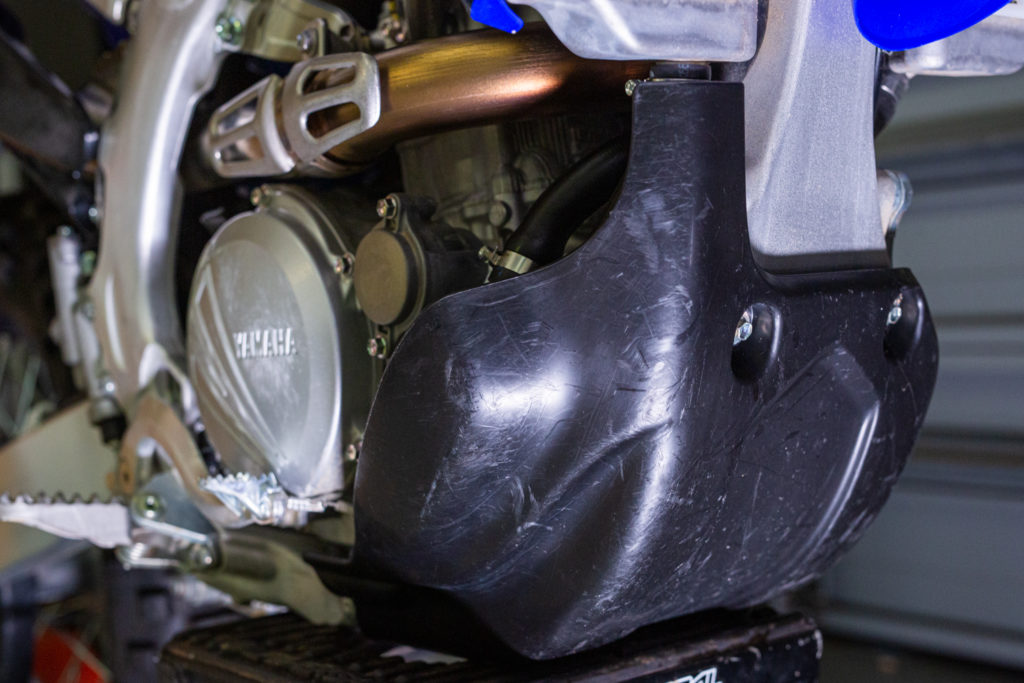
THE PROTECTION
The 2020 bike’s plastic bashplate offers better protection for the radiator hoses (its plastic ‘snorkel’ now extends right up to the junction with the radiator itself), water pump and oil filter cover. It also sits more snugly around the frame’s lower cradle, and in doing so reduces the amount of mud and crap that can build up there. The combination of the new sideplates and enlarged fuel tank create more protection for the electrics that were previously exposed around the LHS of the shock reservoir, but the design does make it more difficult access to the shock absorber’s spring preload collars. Also, the old speedo sensor (which ran down the RHS fork leg) is now integrated more neatly into the LHS fork protector plastic, where it’s better shielded from potential damage.
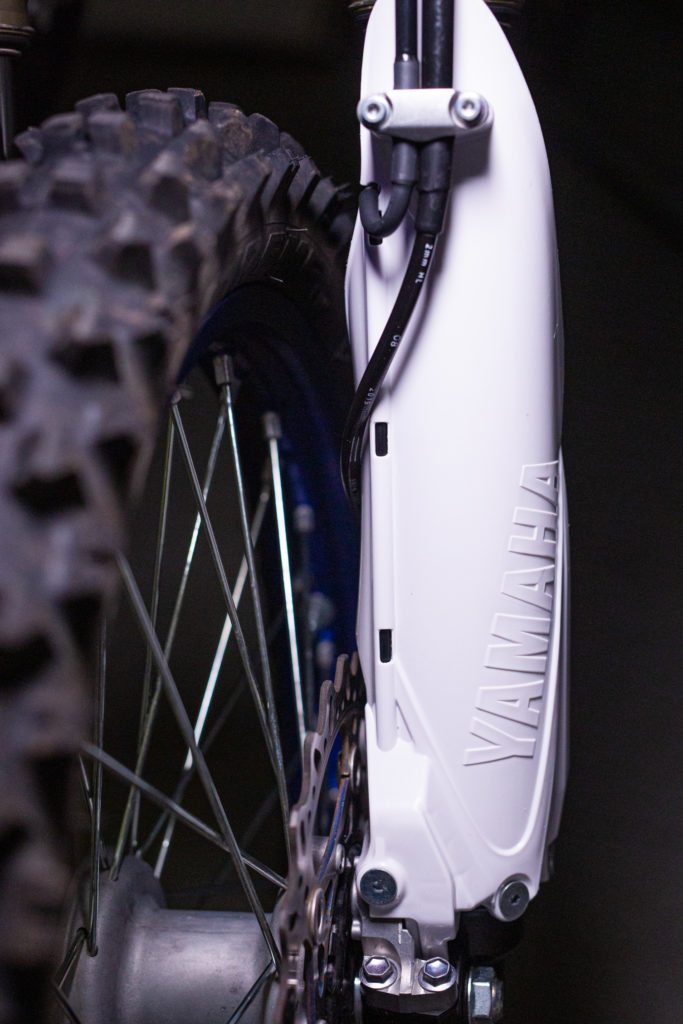
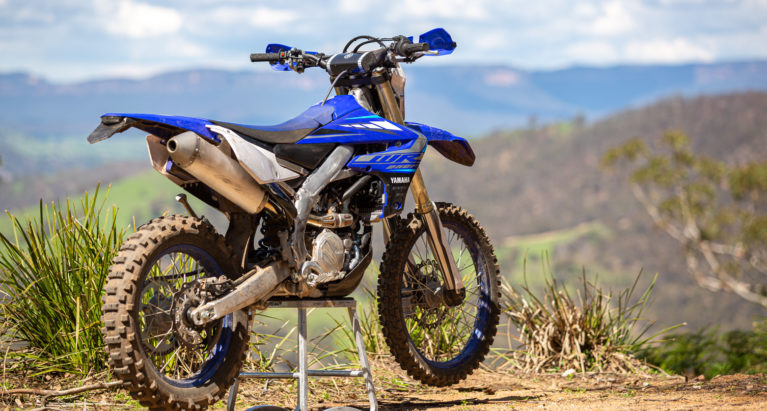
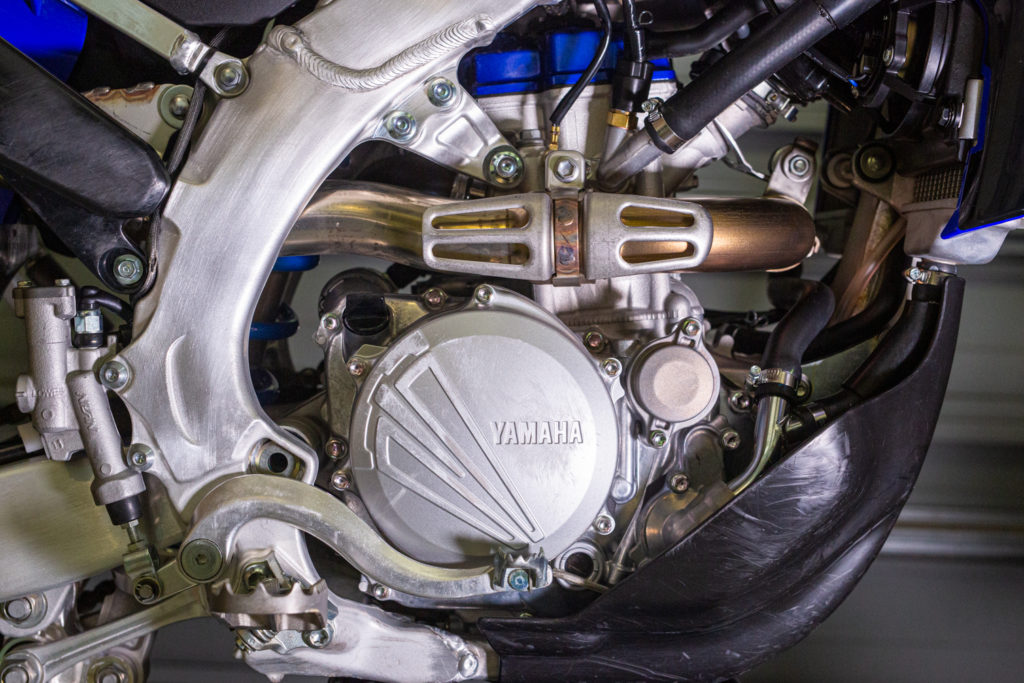
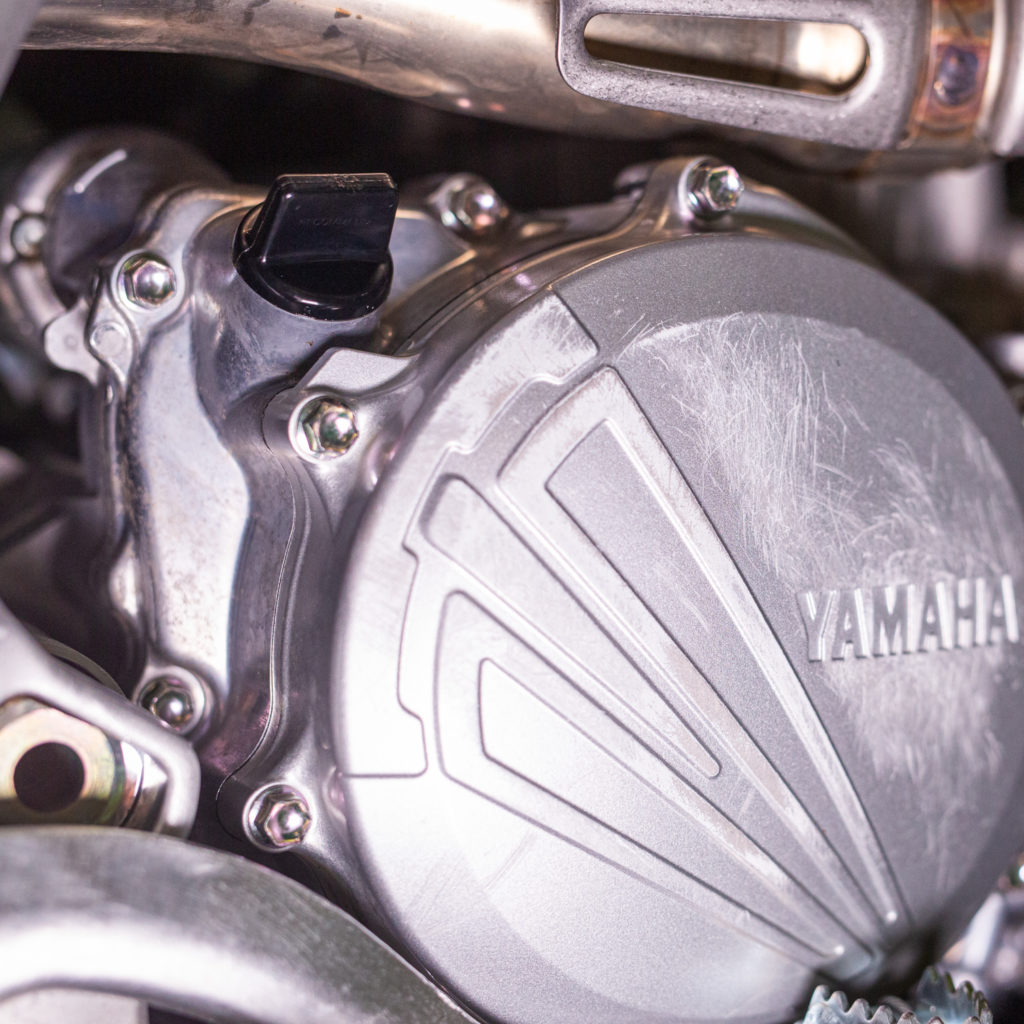
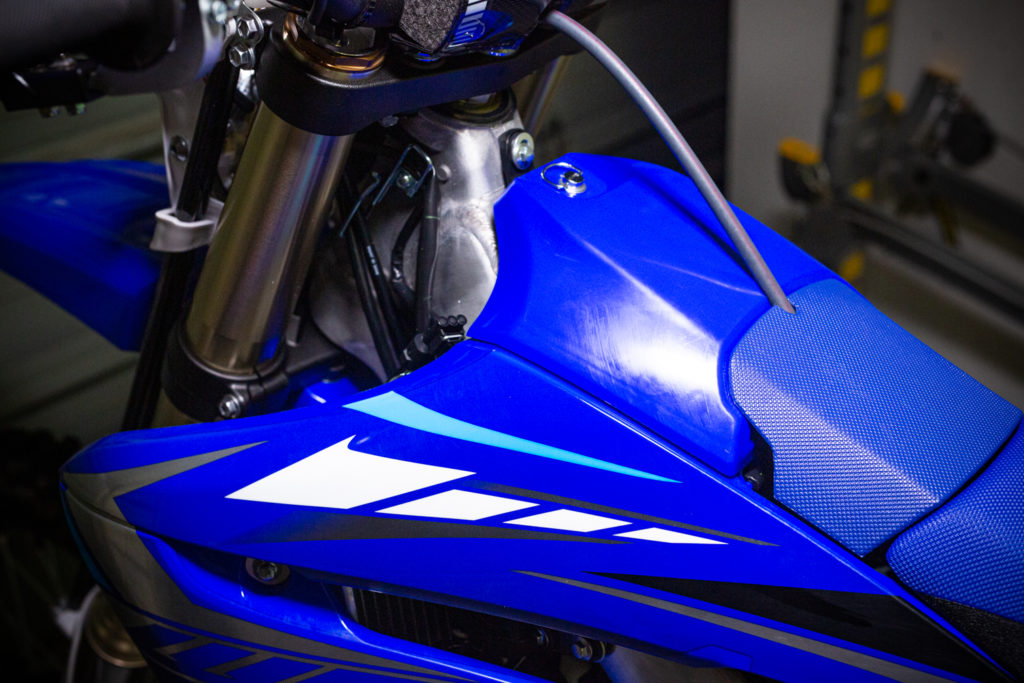
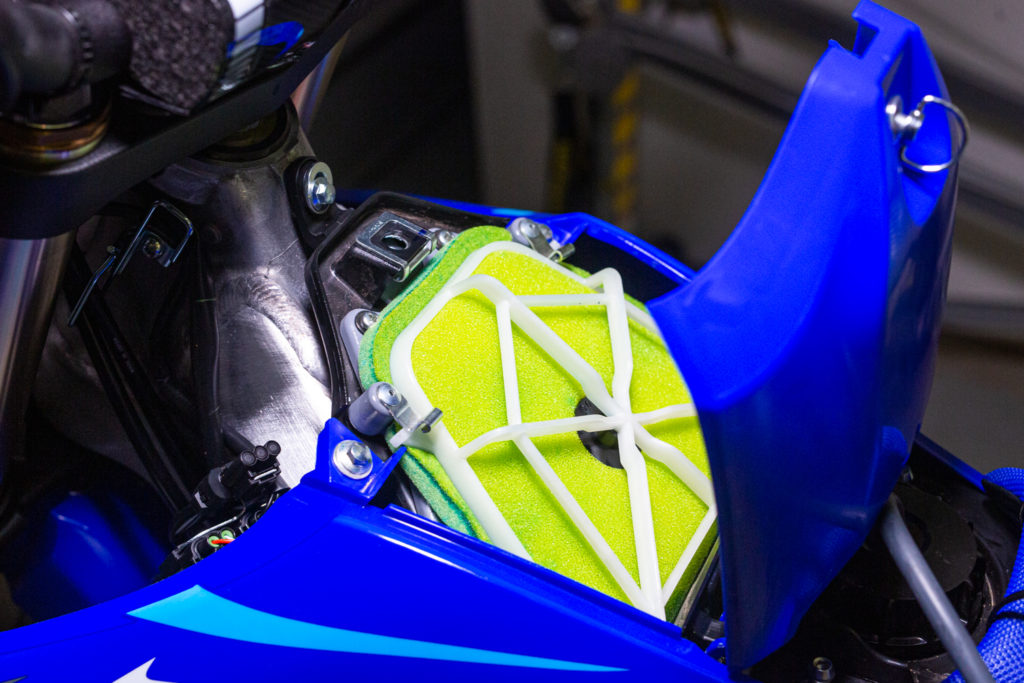
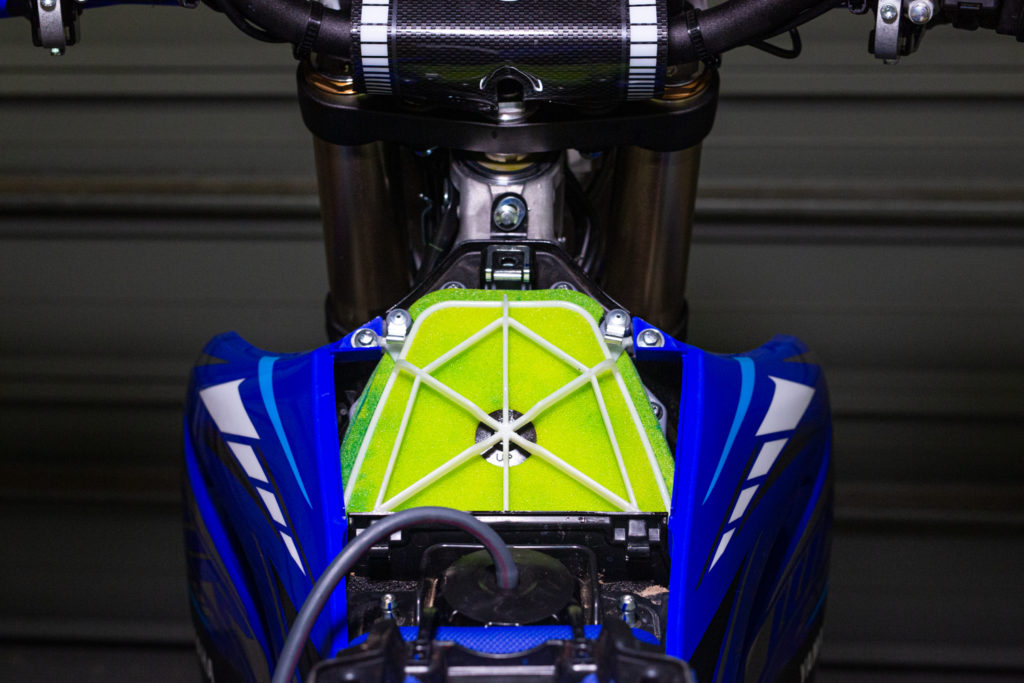







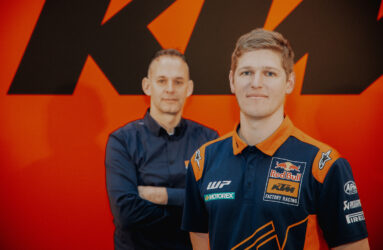
Be the first to comment...